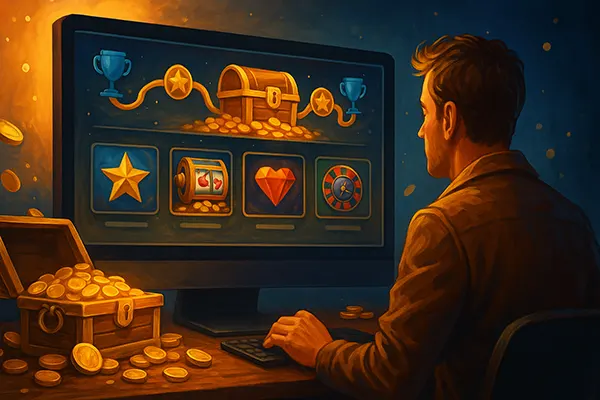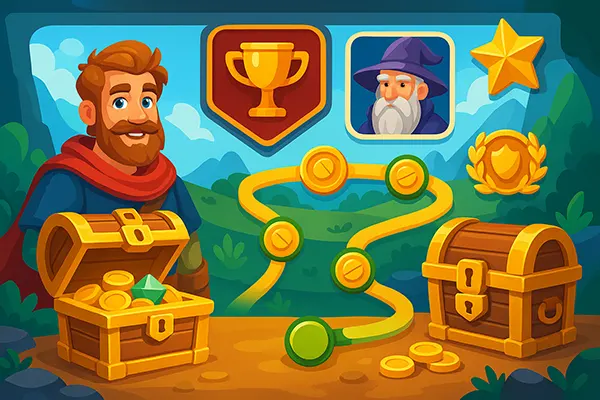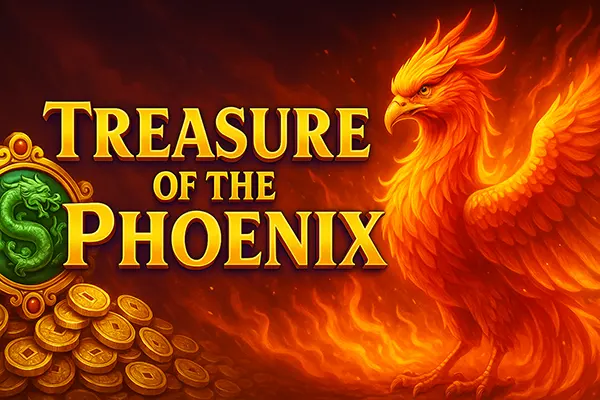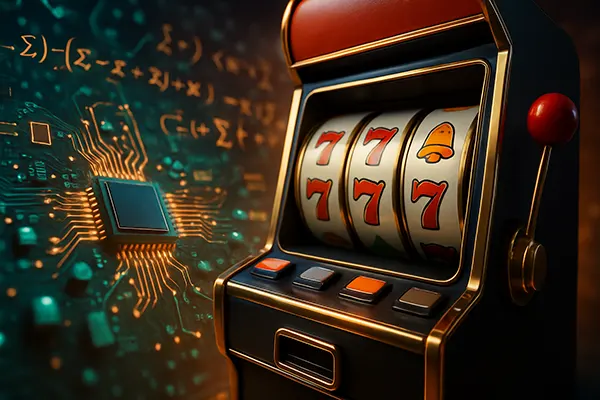
Missions and Tasks in Online Casinos: How Gamification Mechanics Shape Player Psychology
Gamification has become one of the most transformative trends in the online casino industry, reshaping user engagement through missions, challenges, levels, and other game-like mechanics. These features are no longer limited to casual games—they have found their place in digital gambling environments, influencing player motivation, behaviour, and loyalty. As operators strive to create more immersive and controlled environments, understanding how these new mechanics work and impact players is essential.
The Rise of Gamification in Casino Environments
By mid-2025, over 65% of top-tier European online casinos feature mission-based mechanics, loyalty programmes, and unlockable achievements. These features are designed to retain users, extend gaming sessions, and increase lifetime player value. Traditional gambling alone is no longer enough to compete for attention in a saturated market.
Unlike standard bonus systems, gamification elements are layered into everyday gameplay. For example, players may receive points for completing tasks like playing a specific slot, making a deposit on a weekday, or unlocking a new in-game title. These micro-achievements stimulate engagement without relying solely on direct monetary rewards.
Operators collaborate with software providers to implement these features through real-time data analysis and behavioural tracking. Advanced user segmentation allows personalisation of missions based on gaming history, ensuring that challenges feel tailored and achievable, thus boosting satisfaction and conversion rates.
Psychological Drivers Behind Gamified Mechanics
Gamification strategies tap into fundamental psychological principles such as achievement, progression, and autonomy. Missions create short-term objectives, giving players a sense of purpose beyond random outcomes. This sense of direction is closely tied to dopamine release associated with task completion.
Progress bars, badges, and ranking systems visually reinforce this feedback loop. A 2024 study by the European Gambling Research Institute confirmed that players who perceive visible progress in gamified settings are 37% more likely to return within the first 48 hours. This approach leverages behavioural conditioning used in mobile gaming and applies it to online gambling contexts.
Moreover, structured tasks reduce the perception of risk by focusing players’ attention on goals rather than losses. As players become invested in mission progression, they often return not just to win but to “finish what they started,” extending playing cycles significantly.
Retention and Loyalty Through Missions
Retention is a critical metric in digital gambling, and gamification has shown measurable success in enhancing it. Weekly missions, leaderboard races, and seasonal campaigns foster routine behaviours that build user loyalty organically. Players return to check progress or compete with others, making participation habitual.
VIP systems have evolved from passive reward tiers into interactive paths. For instance, players may have to complete tasks to maintain or level up their VIP status, rather than achieving it solely by wager volume. This change makes loyalty programmes more dynamic and goal-oriented, appealing to a broader range of users—not just high rollers.
Casino operators have reported that users who complete three or more missions within a week are 2.4x more likely to deposit again in the next 30 days. This behaviour proves the strong correlation between mission design and financial performance in real-money environments.
Responsible Design in Gamified Systems
With increased engagement comes greater responsibility. Regulators in countries like the UK, Denmark, and Sweden have begun evaluating how gamified features might affect compulsive behaviour. This has led to new standards for transparency, mission cooldowns, and opt-out functions.
Many licensed casinos now offer time-limited missions with pre-defined limits and visible reminders to help players stay in control. Progress indicators often include session timers or voluntary limit settings, ensuring that the mechanics support healthy gaming behaviour rather than exploit it.
In June 2025, the UK Gambling Commission published revised guidelines requiring all mission-based elements to display remaining wagering requirements, timeframes, and risk disclosures. These measures reflect the growing consensus that gamification must serve as a tool for structured entertainment, not compulsive play.

The Future of Player-Centred Casino Experiences
Gamification is evolving rapidly, with AI-powered personalisation becoming central to task delivery. Algorithms now adjust challenges in real time based on player fatigue, preference, and even device type. This evolution enhances player experience while balancing commercial and ethical goals.
Hybrid models blending social gaming with real-money gambling are also on the rise. Features like team missions, shared achievements, and co-operative competitions are gaining popularity, especially among younger demographics aged 18–34. These additions turn gambling from a solitary activity into a community experience.
Looking ahead, gamification will likely extend beyond the game screen, integrating with wearable technology or external platforms like Discord and Twitch. These innovations offer further opportunities to engage players in new ways, making the gambling experience more layered and interactive than ever before.
Conclusion: Strategic Implementation Is Key
The success of missions and task-based systems in online casinos depends on thoughtful, responsible implementation. When done correctly, they enhance engagement, encourage loyalty, and create enjoyable, goal-oriented gaming experiences. However, without regulatory alignment and ethical design, they risk becoming tools of exploitation rather than entertainment.
Casino operators must continually analyse behavioural data, adapt mission frameworks, and audit gamification effects to meet player expectations and legal requirements. In 2025, the most successful gambling brands are not the flashiest—they are the ones that understand the psychology of their audience and build systems around it.
As gamification becomes the norm, its design will separate market leaders from the rest. Missions are no longer a novelty—they are a cornerstone of modern digital gambling experiences.



